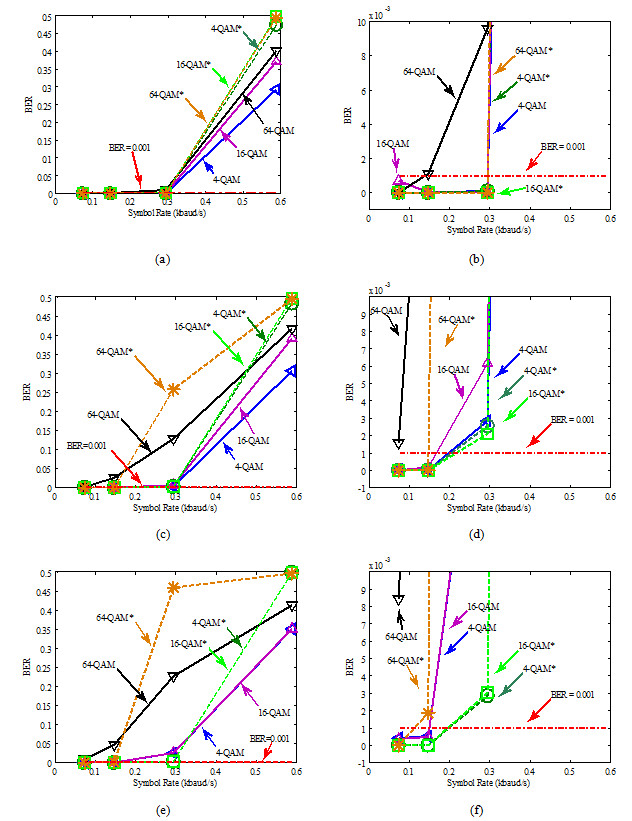Digital wireless communication in air is mostly dominated by wireless technologies that use electromagnetic telecommunications, such as wireless networking, portable electronic devices, etc. However, the validity is usually degraded by Faraday shielding effects. Acoustic data transmission provides a promising alternative to conventional electromagnetic telecommunication method.
Existing airborne wireless systems are mainly focused on short-range applications, taking only direct-path components into account. However, for some applications in rooms, there would be a certain distance between the transmitter and the receiver.
Therein, reverberation plays a significant role since the sound waves can be absorbed and reflected repeatedly at boundaries like walls, floors and ceilings, etc. Consequently, it is difficult to reconstruct transmitted information.
In recent days, an acoustic data transmission system for anti-reverberation applications has been proposed by researchers from the Institute of Acoustics of the Chinese Academy of Sciences. The single-carrier frequency domain equalization algorithm (SC-FDE) is used to reduce severe inter-symbol interferences caused by reverberation. To mitigate sound wave intensity attenuation against distance, forty-four horn loudspeakers are combined to form a custom-designed transducer array. High intensity and directionality are achieved to enhance the signal to noise ratio, which makes the system suitable for anti-reverberation applications.
Experiments have been carried out in three rooms of varying sizes and reverberation times. They are a small rectangular room with reverberation times between 0.407 s and 0.976 s across the frequency range of interest, a larger reverberation chamber with reverberation times ranged between 2.28 s and 6.08 s, and a smaller reverberation chamber with longer reverberation times ranged between 2.70 s and 15.30 s.
As well, BER (bit error rate) of 4-QAM, 16-QAM and 64-QAM modulation are tested for different symbol rates as shown in Fig. 1. Results in the right column show corresponding partial enlargements around a target BER constraint of 10-3. BER will be reduced after adding channel coding, which is marked with superscript asterisk.
The system performance improves markedly by using the custom-designed transducer arrays instead of the conventional mono loudspeaker and microphone. The data rate can be increased to 1.764 kbps.
As the reverberation time is increased, namely, comparing the results from the small room to the larger reverberation chamber, and further to that of the smaller reverberation chamber, both the noise resistance of the system and the data rate are reduced. Reliable data transmission can be achieved even in rooms with strong reverberation.

Fig. 1 Relation between bit error rate and symbol rate for 4-QAM, 16-QAM and 64-QAM modulation. (a and b) The small room. (c and d) The larger reverberation chamber. (e and f) The smaller reverberation chamber. The right figures are partial enlargements for the corresponding left ones, respectively. The superscript asterisk refers to test results with channel coding added. Red dashed line is reference line when BER equals 0.001 (Image by YU).
References:
YU Ziying, KUANG Zheng, WU Ming and YANG Jun. Acoustic Data Transmission in Air Using Transducer Array. Proceedings of the 22nd International Congress on Sound and Vibration, ISBN 978-88-88942-48-3/ISSN 2329-3675, The 22nd International Congress on Sound and Vibration (ICSV22), 2015.
Contact:
YU Ziying
Key Laboratory of Noise and Vibration Research, Institute of Acoustics, Chinese Academy of Sciences, 100190 Beijing, China
E-mail: yuziying@mail.ioa.ac.cn


